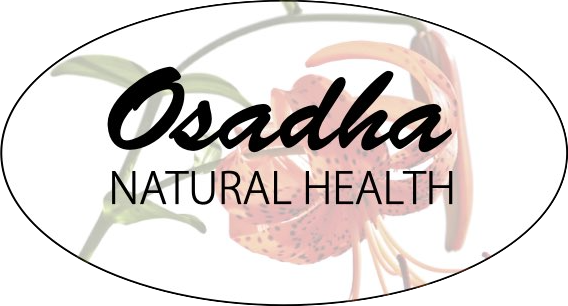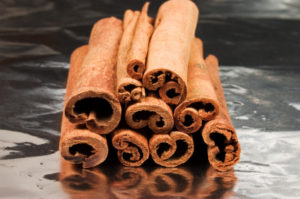Glucose, the main form of sugar circulating in our blood stream, is also the main form of fuel burned by our cells so that we can live and function. For getting into many types of cell, glucose (and certain other nutrients) needs a key to open the “door”. That key is insulin, a hormone made by the pancreas. Though glucose is necessary for life, sometimes the level in circulation can get too high and cause all sorts of problems.
Type 2 Diabetes and its precursor, metabolic syndrome, are when the body isn’t regulating insulin properly. That and other factors result in blood sugar levels becoming too high. Excess blood sugar is sticky and can damage tissues, in particular those such as the eyes and kidneys that contain the smallest of blood vessels.
Working on healthy blood sugar regulation is maybe not something a lot of people think about unless they have diabetes or metabolic syndrome, but it’s important to pay attention to. The most important way to support healthy regulation is to eat a balanced whole foods diet and to stay away from sugar and refined carbs (breads, pastas and baked goods made from white flour, for example). Also, while we need healthy fats in the diet, the typical Western diet with large amounts of (usually unhealthy) fats also predisposes folks to blood sugar dysregulation through effects on the microbes that live in our gut.
In this context, there are some great herbs that help support proper blood sugar regulation. Here are some of them to experiment with.
Cinnamon (Cinnamomum cassia, Cinnamomum zeylanicum) – Not only is Cinnamon a delicious, and even sweet-tasting, spice, it’s been used traditionally to help regulate blood sugar levels.
•Research has found that as little as 1 gram of Cinnamon daily improved blood sugar and blood lipid regulation in Type 2 Diabetes.
•Cinnamon was helpful for women with Polycystic Ovarian Syndrome (PCOS), which is associated with metabolic imbalances. In this study, Cinnamon improved regulation of insulin and blood sugar as well as blood lipids.
•Quality matters. That powdered cinnamon that’s been sitting in the cupboard for years isn’t going to do it.
Fenugreek (Trigonella foenum-graecum) – Continuing the trend of stuff that tastes good and is good for blood sugar regulation is this Old World spice that’s been valued for at least 6000 years.
•In people, the science is backing up the traditional use for bringing down elevated blood sugar levels.
•This is a common ingredient in formulas I use to support clients with PCOS.
Prickly Pear (Opuntia species) – Prickly Pear has been used for centuries to help with healthy blood sugar regulation.
•Prickly Pear (aka. Nopales) are a traditional Mexican remedy for elevated blood sugar. The fruits and pads are used.
•Very high in soluble fiber, the pads are great chopped up and cooked along with good quality eggs, garlic and onions for a delicious blood sugar-busting breakfast.
•Herbalists have observed that Prickly Pear seems to increase the activity of insulin. In mechanistic studies, it was found to inhibit the starch digestion enzyme ?-glucosidase, to inhibit intestinal glucose absorption so that it doesn’t get into circulation and to improve the activity of insulin and the uptake of glucose into muscle cells.
Blueberries (Vaccinium species) – Yes, a 4th delicious regulator of blood sugar. Seems counterintuitive that a fruit can help, but some do, as long as you don’t get too carried away eating them.
•Both blueberries themselves as well as blueberry leaf are used by herbalists for healthy blood sugar regulation.
It’s important to note that combining any of these herbs with blood sugar medications (for example, metformin, glucophage) may lead to blood sugar levels becoming too low. This is called hypoglycemia and can be dangerous. The only reason to combine them with a blood sugar medication is if you are working closely with your doctor and a trained herbal practitioner to reduce the dose of your drug.
~~~
Content © Dr. Anna Marija Helt, Osadha Natural Health, LLC. Permission to republish any of the articles or videos in full or in part online or in print must be granted by the author in writing.
The articles and videos on this website for educational purposes only & have not been evaluated by the Food and Drug Administration. This information is not intended to diagnose, treat, cure, or prevent any disease or to substitute for advice from a licensed healthcare provider.

